Nanoindentation investigations of neutron-irradiated Fe-Cr-C ternary model alloys
- Name:
- Xiang Liu
- Email:
- [email protected]
- Phone:
- (208) 526-6918
| Name: | Institution: | Expertise: | Status: |
|---|---|---|---|
| Hoon Lee | University of Illinois - Urbana-Champaign | Mechanical testing, mechanical properties. | Graduate Student |
| Xiang Liu | University of Illinois - Urbana-Champaign | TEM, FIB, APT, Nanoindentation | Graduate Student |
- Experiment Title:
- Nanoindentation investigations of neutron-irradiated Fe-Cr-C ternary model alloys)
- Work Description:
- The objective of this program is to investigate the neutron irradiation effect on the mechanical properties of a set of Fe-Cr-C ternary model alloys using the nanoindentation technique. The specimens planned to be investigated have been irradiated in ATR at 300C. The doses we plan to investigate are 0.01 dpa, 0.1 dpa, 0.5 dpa, and 1.0 dpa. The nanoindentation results from this program will be compared to the results of past PIE programs on Fe and Fe-Cr model alloys and another ongoing DOE-supported program in which ferritic/martensitic steels are being investigated using the same technique.
It is well known that for ferritic/martensitic (F/M) steels T91 and HT9, the most detrimental effects induced by irradiation are irradiation hardening and embrittlement, especially at lower temperatures such as 300C. The underlying mechanisms have not been well understood, due to the complicated microstructure and interactions under energetic neutron bombardment. Various irradiation-induced defects such as Cr-rich alpha prime, G phase, dislocation loops and networks contribute to the degradation in mechanical performance. This program seeks to advance the understanding of degradation mechanisms by quantify the irradiation effects in simple Fe-Cr-C model alloy systems so that effects due to other substitutional alloying elements are separated out. The experimental data from this program will be compared with (1) nanoindentation data of neutron-irradiated Fe-Cr binary model alloys studied in a previous research project, and (2) nanoindentation data of neutron-irradiated commercial alloys T91 and HT9 that are being investigated in another on-going research program supported by the Department of Energy.
This research project on Fe-Cr-C ternary model alloys will contribute to the state-of-the-knowledge in three ways: (1) provide unique experimental data for advancing the understanding of neutron irradiation effects in Fe-Cr-C model alloys, (2) provide a basis for comparison with neutron irradiation results of Fe-Cr binary alloys, and (3) advance the understanding of radiation-induced degradation mechanisms in commercial alloys such as T91 and HT9.
The neutron irradiation experiments have been completed and the samples are available for post-irradiation examination (PIE). All the PIE experiments are expected to be completed within the six-month period. Only nanoindenter is needed and the instrument time needed is estimated to be 8 days.
This research effort was constructed to carry out nanoindentation investigations on neutron irradiation effects of two Fe-Cr-C ternary model alloys, Fe-9Cr-0.1C and Fe-12Cr-0.2C. These two model alloys are selected because their chemical compositions are close to T91 and HT9, and effects due to other substitutional elements such as nickel, manganese, and molybdenum are avoided.
Systematic nanoindentation data of Fe-Cr-C specimens that were irradiated at 300C at various dose levels will provide in-depth and helpful information for solving two critical problems: (1) quantifying irradiation hardening in Fe-Cr-C ternary systems and correlating with Fe-Cr binary model alloys that were irradiated under the same conditions (same reactor positions, same doses, and same irradiation temperatures); (2) advancing the understanding of neutron irradiation hardening of commercial alloys T91 and HT9 investigated in an on-going DOE-supported research program. This proposed research will contribute to filling the knowledge gap and establishing the relationship of binary Fe-Cr, ternary Fe-Cr-C and complex alloy systems such as T91 and HT9. The results of this research will contribute to the deployment of next-generation advanced reactors by advancing the understanding of irradiation hardening of Fe-Cr, Fe-Cr-C, and commercial T91 and HT9 alloys.
In summary, this project is highly related to past PIE programs on Fe-Cr model alloys and current DOE-supported research programs for developing radiation-resistant alloys for advanced reactors. This program will provide a valuable reference for the development of nuclear structural materials and contribute to the DOE Nuclear Energy Roadmap in the search for materials that can meet the challenges in materials R&D for advanced reactor systems that contribute to the Administration’s energy security and climate change goals.
"High energy X-ray diffraction study of the relationship between the macroscopic mechanical properties and microstructure of irradiated HT-9 steel" Osman Anderoglu, Bjorn Clausen, James Stubbins, Journal of Nuclear Materials 475 2016 46-56 Link
"In situ high-energy X-ray diffraction study of tensile deformation of neutron-irradiated polycrystalline Fe-9%Cr alloy" Meimei Li, James Stubbins, Chi Xu, Xuan Zhang, Jun-Sang Park, Peter Kenesei, Jonathan Almer, Acta Materialia 126 2017 67-76 Link
"In-situ observation of nano-oxide and defect evolution in 14YWT alloys" Osman El Atwani, Meimei Li, Stuart Maloy, Eda Aydogan, Materials Characterization 170 2020 110686 Link
About Us
The Nuclear Science User Facilities (NSUF) is the U.S. Department of Energy Office of Nuclear Energy's only designated nuclear energy user facility. Through peer-reviewed proposal processes, the NSUF provides researchers access to neutron, ion, and gamma irradiations, post-irradiation examination and beamline capabilities at Idaho National Laboratory and a diverse mix of university, national laboratory and industry partner institutions.
Privacy and Accessibility · Vulnerability Disclosure Program

